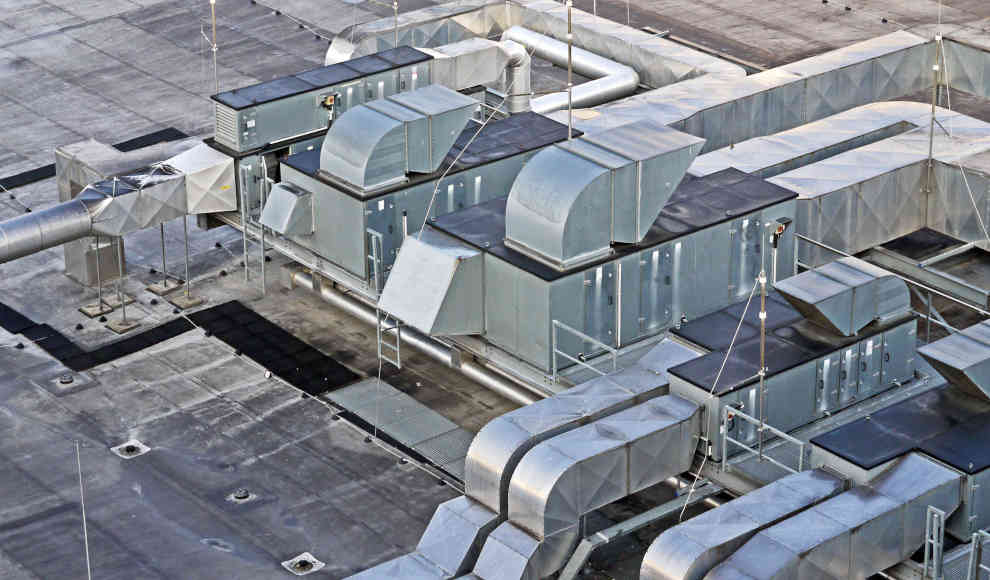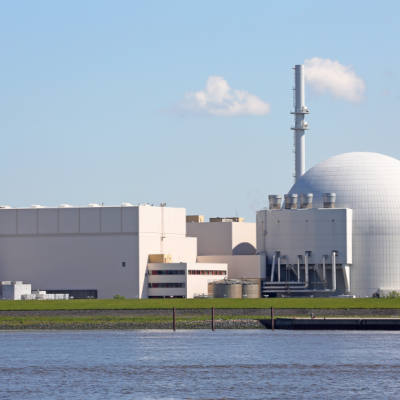A new study published in the journal Nature Communications has revealed that it is possible to capture CO2 from the air and use it to produce alternative fuels by retrofitting existing climate and ventilation systems. The technology already exists in power-to-liquid plants, which use catalysts to produce alternative fuels or synthesis gases from CO2. However, the low concentration of CO2 in the air means that large amounts of air must be filtered, which requires a high level of energy consumption. Scientists at the Karlsruhe Institute of Technology (KIT) have now shown that climate and ventilation systems can be used instead, as they already move large amounts of air.
The researchers’ vision is for a “renewable energy-driven air conditioning system that not only cools or heats but also filters CO2 and water from the air, producing sustainable hydrocarbon fuels as a local and decentralized source.” The technology required for this already exists, and the only remaining issue is the profitability of retrofitting climate and ventilation systems and the additional electricity consumption. The study found that the Frankfurt Messe office building could capture between 0.75 and 1.5 tonnes of CO2 per hour from the air by retrofitting its air conditioning system. The necessary energy could be supplied by solar thermal or district heating, which would ensure that electricity consumption does not increase significantly.
The conversion of captured CO2 into hydrocarbon fuel would then be possible using Fischer-Tropsch synthesis modules or container systems. The researchers estimate that between 250 and 500 kilograms of fuel could be produced per hour, with an annual production of 2,000 to 4,000 tonnes. The study also found that the 25,000 ventilation systems operated by the three largest supermarket chains in Germany could remove around 1,000 tonnes of CO2 from the air per hour and produce around three million tonnes of fuel per year if retrofitted.
The technology could have significant impacts on CO2 emissions and enable the storage of renewable energy in the form of high-energy chemical fuels. The use of synergies between ventilation and climate technology and CO2 capture and conversion processes can help to significantly reduce costs and electricity consumption. The researchers also note that “such systems will become even smaller and more economical in the future through mass production, 3D printing, and digitization.”










